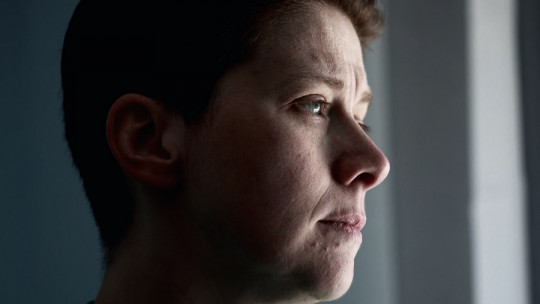Pathological demand avoidance is an increasingly recognized psychological phenomenon in our society, characterized by high levels of stress and social expectations. This disorder manifests itself as a persistent and excessive pattern of avoiding responsibilities, making decisions, or facing situations that require action, beyond what would be considered normal precaution or an adaptive response to stress.
In a world that values productivity and constant success, pathological avoidance emerges as a maladaptive response to perceived pressures, significantly affecting personal, professional and social life. This article explores in depth the characteristics, causes, impacts and possible treatments of this disorder, seeking to shed light on an often invisible problem.
What is Pathological Avoidance?
The pathological evaluation of the demand is characterized by a persistent and excessive pattern of avoiding responsibilities and situations that require action or decision. Individuals who suffer from it experience disproportionate anxiety between daily tasks, constantly procrastinating and seeking to escape from any form of demand. Unlike normal avoidance, which can be adaptive in certain circumstances, pathological avoidance significantly interferes with daily functioning.
Some of the main signs of pathological avoidance may include:
This condition is distinguished by its intensity, duration, and the degree to which it negatively affects people’s lives, causing problems with work, relationships, and personal well-being. Avoidance thus becomes the primary strategy for managing stress, perpetuating a cycle of inaction and increasing anxiety.
Causes and risk factors
Pathological demand avoidance arises from a complex interaction between psychological, biological and environmental factors. Among the main causes and risk factors can be found:
1. Psychological factors
In the psychological field, early experiences of failure or excessive criticism can lay the foundation for the development of this pathological tendency, generating deep insecurity and fear of failure. Distorted thinking patterns, such as catastrophizing or dysfunctional perfectionism, also play a crucial role. leading people to overestimate the negative consequences of facing lawsuits and underestimate their ability to handle them.
2. Environmental and social influences
Regarding environmental and social influences, an overprotective or excessively critical family environment can contribute to the development of this behavioral pattern. Peer pressure and high expectations in modern society, along with the constant comparison facilitated by social media, can intensify feelings of inadequacy and the desire to avoid potentially stressful situations.
3. Cultural factors
There are also cultural influences and beliefs that emphasize success and constant productivity, which also can cause anxiety directly related to performance to increase leading some people to choose avoidance as a defense mechanism against perceived stress.
Its iImpact on daily life
Pathological demand avoidance has profound and wide-ranging repercussions on people’s daily lives. We are going to elaborate on some of the main areas of daily life that may be affected:
1. Personal sphere
On a personal level, this disorder can lead to a significant decrease in self-esteem and confidence, as the person is constantly unable to fulfill their responsibilities or achieve their goals. The resulting chronic procrastination often leads to a cycle of guilt and anxiety gradually eroding emotional well-being and mental health.
2. Professional field
In the professional sphere, the consequences can be devastating, including job stagnation, loss of growth opportunities, and even unemployment due to the inability to meet basic job expectations. Academically, students suffering from this disorder may experience performance below their potential or even lead to dropping out of school.
3. Interpersonal relationships
Interpersonal relationships are also seriously affected. The tendency to avoid commitments and responsibilities can lead to social isolation, damaging friendships and family relationships. The partner of the affected individual may feel frustrated and overloaded by having to take on more responsibilities than expected, which can lead to conflict and resentment. Additionally, difficulty participating in social activities or sticking to plans can result in a shrinking support network.
Treatments and coping strategies
The therapeutic approach to pathological demand avoidance generally involves a multifaceted approach. We are going to name some of the intervention alternatives most popular and accepted by the scientific approach.
1. Cognitive-behavioral therapy (CBT)
Cognitive behavioral therapy (CBT) stands out as an effective treatment, helping patients to Identify and challenge negative distorted thoughts that fuel behavioral avoidance. Techniques such as gradual exposure allow individuals to progressively face feared situations, reducing the associated anxiety.
2. Acceptance and Commitment Therapy (ACT)
Acceptance and commitment therapy (ACT) has also been shown to be helpful teaching patients to embrace discomfort while moving toward their values and goals. In some cases, medication, such as antidepressants, may be prescribed to manage underlying anxiety.
In conclusion, pathological demand avoidance is a phenomenon that can seriously limit the quality of life of those who suffer from it. Recognizing its characteristics, causes and impacts is essential to seeking appropriate help. Through effective treatments and coping strategies, it is possible to break the cycle of inaction and anxiety, allowing individuals to reach their potential and improve their relationships.









